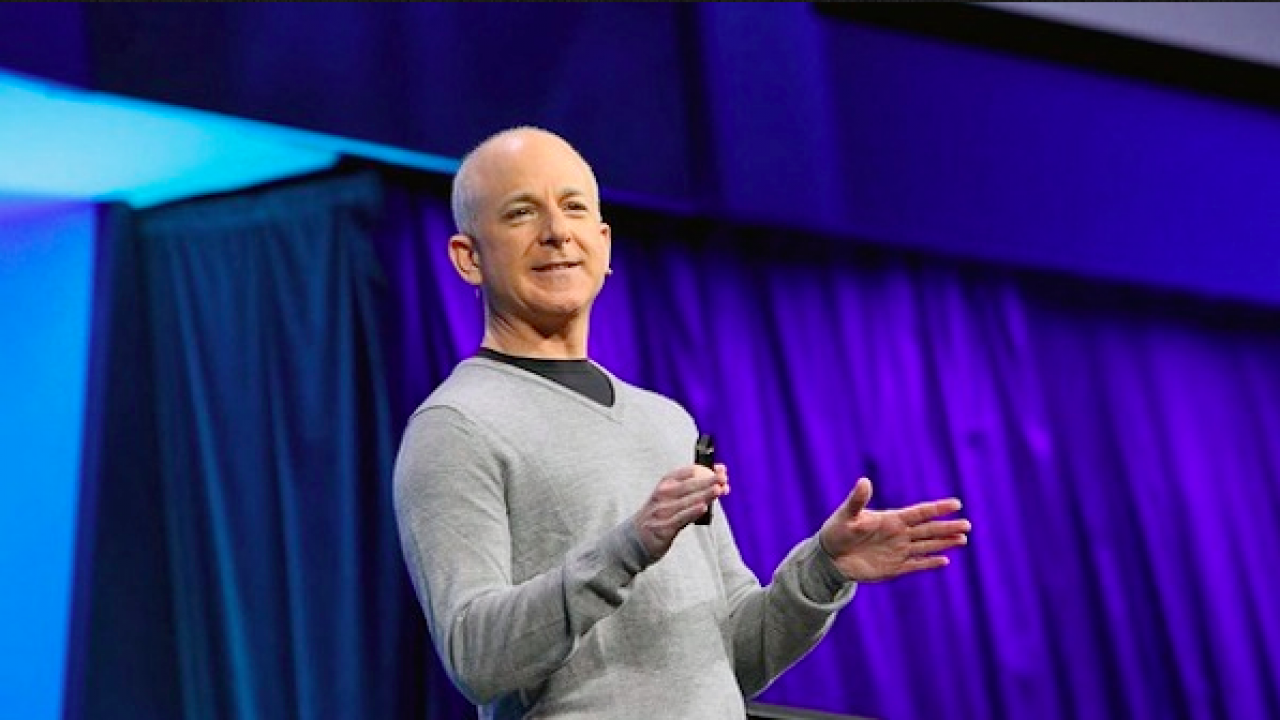Steve Sinofsky On Why He Left Microsoft, Windows 8 and Surface

Steve Sinofsky, former Microsoft Windows Chief, said he left Microsoft in November 2012 just after shipping Windows 8 because “it was time for a change” and “time to do something different,” in an interview at AllThingD’s conference. But after being pushed about why Microsoft shifted its stance on not building hardware and then building the Surface, and why Windows 8 failed to revive the PC industry, it sounds like Sinfosky was moving in one direction and Microsoft was moving in another.
Windows 8, which Microsoft said would bridge the gap between personal computers and mobile devices, failed to bolster PC sales, which dropped more than 13 percent in the first three months of 2013, according to the IDC. Microsoft was also criticized for building Windows 8 as a tablet operating system but making it compatible to PC’s as well. Apple CEO Tim Cook famously compared Microsoft’s attempt to create one operating system for both desktops and tablets to trying to merge a refrigerator and a toaster.
Sinofsky was asked what went into the decision of writing a tablet operating system and not restricting it to a tablet (like Apple did) and instead put it into “every kind of PC.” He said he didn’t want to revisit the discussions that went into that decision.
Sinofsky was asked what his thoughts were on the slow start of Windows 8. Sinfosky didn’t take the bait, however, saying that “it’s hard for me to look at selling 100 million of something and not feeling great about it.”
Window 8 sold 100 million licenses, however, that doesn’t reflect actual use.
Microsoft has been slow to adapt to the quickly growing mobile industry and continued to focus its efforts on creating software for the PC. However, there hasn’t been creative software that would inspire people to buy a bulky PC when they could get pretty much everything they need on a tablet. Microsoft attempted to address that with the creation of the Windows Store, but the apps there aren’t numerous or dynamic. Sinofsky said that it’s important not to pick winners and losers in such a quickly changing environment.
“The industry is undergoing a tremendous amount of change and I think that’s exciting and it means that there is an opportunity,” Sinofsky said. “What happens when a big change is going on…all of a sudden it seems like it’s happening fast and it doesn’t change over night- but it means, while it’s going on- you have to resist the urge to pick winners and losers.”
But the shift to mobile has been quite apparent, so why didn’t Microsoft refocus its efforts? Well, like most large companies, Sinfosky hinted at the fact that Microsoft couldn’t get out of their own way.
“It’s just a classic management challenge, you have an organization, you want to align them, you want to communicate, and get a very, very large number of incredibly brilliant creative people all heading in one direction,” Sinofsky said. “It’s essentially just a management challenge, it’s very rarely like a shortage of ideas and much more often just getting people on one path.”
Sinofsky, who led the division responsible for Surface RT, proudly held up the Surface tablet but was then faced with questions as to why Microsoft decided to move into the hardware business when for so long it focused on the software business.
“When you sum up all of the parts of the ecosystems that are involved, delivering a great experience is about the connections between all of those parts,” he said.
As the PC goes the way of the dinosaur and more consumers adopt tablets, Sinofsky’s attempts to build hardware under Microsoft’s roof seemed like the next right step. Unfortunately, building hardware and an operating system that can run on both a tablet and PC seem to be in direct conflict with Microsoft’s past. Maybe a change is just what Sinfosky needs, who seems to be moving the way of the market while Microsoft struggles to get out of its own way.